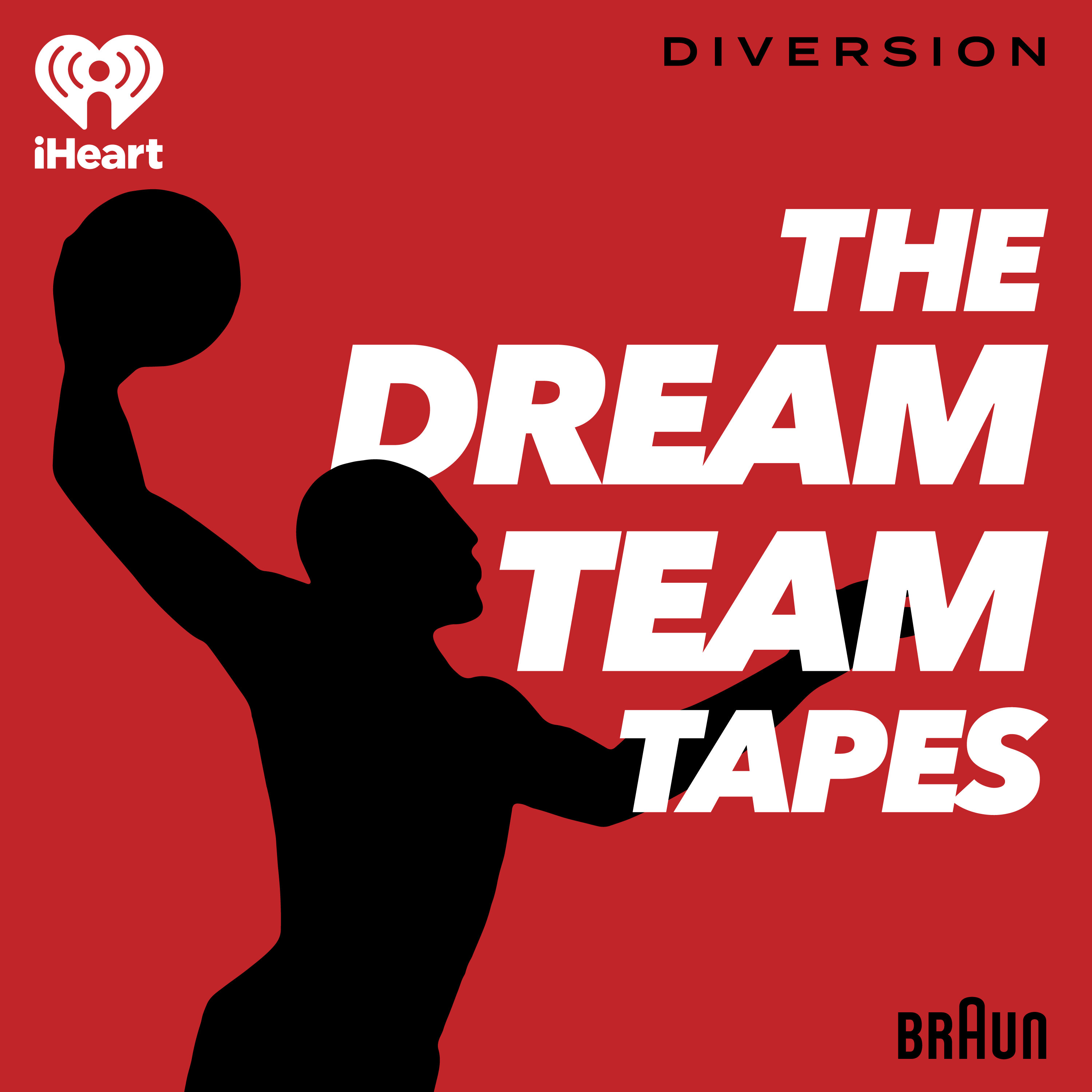
Iconic Seasons | Hardwood History
Iconic Seasons is a podcast that takes you back to the greatest college basketball seasons of all time. Through the voices of players, coaches, and journalists, we relive the excitement, the drama, and the unforgettable moments that made these moments and seasons iconic.
We use interviews, audio from the games, as well as scripted storytelling, to bring the past to life.
Whether you're a die-hard college basketball fan or just a casual observer, Iconic Seasons is a must-listen for anyone who loves basketball and basketball culture.
Iconic Seasons | Hardwood History
The Knight Era Begins: Assembly Hall, the '70s, and a New Brand of Basketball
This episode examines the arrival of Bob Knight at Indiana and the opening of Assembly Hall. It details how Knight implemented his unique system, emphasizing defense and a slower pace, a shift from the previous run-and-gun style. The episode will cover the challenges the team faced in its early years, along with key players such as Steve Downing and the team's first Big Ten title. We'll discuss the 1973 Final Four run and how the team was built for future success.
Think you know your IU History Check it here - Focusing on key moments, players, and traditions of Indiana basketball: https://claude.site/artifacts/ada98404-237a-4392-a2ee-9140968532c1
Did you know we are one of the Top 30 Collage Podcasts in the World!
https://podcast.feedspot.com/college_basketball_podcasts/?feedid=5529823&_src=f1_featured_email
Support the Pod or Binge the Entire Season Now!
Connect on Social
Welcome back to iconic seasons where we're exploring the pre Biff timeline in order to put to bed and restore our future legacy as Hoosiers fans. Today we're exploring a pivotal moment in our state sporting history, the arrival of Bob Knight and the birth of a basketball dynasty. Picture this December, 1971, Indiana basketball was about to undergo a transformation so profound that it would reshape not just a team, but an entire sporting culture.
At the center of this revolution stood Bob Knight, a 31-year-old coach with an intensity of a drill sergeant and the strategic mind of a chess master. Knight wasn't just another coach. He was a revolutionary fresh from leading the Army's basketball program, bringing a military precision that would become his trademark.
Where previous coaches had embraced the hurrying hosier style of fast-paced, high scoring basketball. Knight introduced something radical defense. Let me, let me paint a picture of just how serious he was about defense during the first practice sessions. Knight spent an entire month, four weeks, I.
Focusing slowly on defensive fundamentals, no offensive plays, no scoring drills, just pure uncompromising defensive strategies. His players were essentially participating in a basketball bootcamp. The numbers tell a stark story. In 19 70, 71 season, the Hoosiers were averaging 90.8 points per game under Knight's new system that dropped to 73.6.
Fans were confused. They'd yell, shoot from the stands. Some even booed when the team slowed down the play. Does this sound familiar to anyone? It happened. Even then. Fans are passionate. I think that the important part is to not overwhelm. System, and I think that's what happened this last year is that the fans overwhelmed the system.
The the culture flipped and it became an us versus them thing. And we can't do that with whatever team we're watching. And I think sports in general, in America, we should do more things that help us to enjoy the game because that's ultimately what it's all about is entertainment and enjoyment. But back tonight, he wasn't interested in crowd policing by any means.
He was building something more enduring than momentary excitement. And then came assembly hall, a cathedral of basketball That has become legendary. Well, you know, it's like, um, on the pro level, Whitney, he had the old Boston Guard, the mystique of Boston Garden and the banners and everything swaying back and forth.
Just being around the pro game. And so many guys that have had a chance to play in assembly hall. They all talked about, man, I hate playing that building man. It's just something about it. You know, all that red and those banners, you know, people always thought that Assembly Hall, uh, was a very small arena when you watch, look at it on television, the way that the seating was, but didn't realize that it sat 17 five.
And I remember on my visit, coach Knight brought me into the assembly hall and it was dark and only the light was shining on the banners, the big 10 banners and the championship banners and you know, and just, just walking in there and you see the banner swing back and forth and. You're envisioning, uh, what it would be like being full, and that next day I got a chance to see it full when they played, uh, the Iowa game.
But it is just something of, of coming into that building and you see the tradition. You see faces of former players that have played that are either working in the community, working in the area, and they're coming back for games or they're stopping by for a practice. Uh, it's just everything about Indiana basketball.
There's a family. Before this, players were literally kicking sawdust off their SH shoes before stepping into the court. The new arena was more than a building. It was a statement of Indiana basketball's ambitions. Assembly hall wasn't perfect. The steep stairs, the partially obstructed views, they weren't features, but they were challenges to the viewing that people had.
Now, they're a part of the mystique. Visiting teams just didn't play a game here. They entered hostile environment designed to intimidate. And the numbers were staggering. 372 wins against just 52 losses. That's 88% home winning record. It speaks volumes about the fortress that Knight built. It's, it's totally different than a lot of other arenas that you'll go to.
And the reason I think it is a theater of basketball, I mean, if you look at the sight lines are perfect for shooters, and that goes with just really. Indiana high school basketball history, Indiana history. I mean, the depth perception behind the goal is very close to you. In most other arenas it's, it's very deep and so it's hard for other teams to come, I think, into that arena.
And you know, number one, adjust to that. Number two, the crowd is set in that theater type atmosphere. And when that place gets rocking. You know, there's no, no louder place in all of basketball. The cultural transformation went beyond basketball as well. Knight instilled a philosophy of discipline that permeated everything.
For students getting tickets wasn't just a transaction, it was part of a ritual season. Ticket holders received coupon books exchanging them week by week for game entry. The North End bleachers weren't just seats. They were a community, a shared experience of passion and pride. Key players like Steve Downing became the embodiment of Nice Knight's philosophy, although at the time before he graduated, Knight would rail on him, and it was often the best players like Alfred.
Knight would be the hardest on because he knew they could take it and he knew that it would set an example for the other players if he was picking on or, uh, chastising. The, the, the players who were the, the best downing's assembly hall debut was a record setting, 26 rebounds in a single game. A record that still stands.
He wasn't just a player, he was a symbol of New Indiana basketball. By 1973, just two years after Knight's arrival, the results spoke for themselves. A Big 10 title, a final four appearance. The ball's going outta bounds towards where Chuck Krab and all the, you know, statisticians and all that on the floor would be.
And they have kind of the, the red curtain around the, uh, table that they sit at. Well, the ball was going there and I dove for the ball, grabbed it and slid all the way underneath there. And. You know, still it was not our ball because I tested it before it went out of bounds. But it was, you know, just a, a hustle effort that, that at that time, coach was really trying to make sure that we were a team like that.
And I came out of there and, you know, there was, I think maybe some ply deposit and I can't remember if he got on the, the pa if that was his first time on the PA or, or if it was just he turned to the crowd and said, you know, get off. Of your rear ends. Yeah. And you know, appreciate this. It was so, it was the first of many times, but I think he spoke to the crowd.
But, um, but I do remember that it's a, it was kind of a fun time 'cause I, I even, I was going, geez, gosh, coach just really, really into this one. Oh, St. Louis was, it was wild. It was just the neatest thing in those days. You had to get to the Final four to get onto national tv. That was a big deal. And Kurt Gowdy would, would announce the players.
And the big deal was, you know, being announced in the starting lineup. Uh, we played UCLA in the afternoon and they were the, the team and, and again, it was the only time after that first game in Assembly Hall that in my collegiate career, I had that same feeling of just being. Out of body, and it was just too much, you know, it was just, oh my gosh, this is the final four.
Finally here, dreamed about it and just couldn't really feel my fingers or toes or anything like that. That was an unexpected trip to the final Four. But then that certainly set the stage for and set the bar where we wanted it to be, and that is, that's where we want to go every year. So it was a neat year.
It wasn't just luck, it was the result of relentless preparation. Uncompromising discipline and a vision that saw basketball as more than a game, as a vehicle for life Lessons. Night strategies weren't just about winning. They were about building character. Every drill, every defensive stance, every moment of practice was a lesson in commitment, hard work, and team unity.
He wasn't just coaching basketball, he was shaping young men. One of the things I think about is Landon Turner. There was a moment later in Knight's career, and we'll get into that. Uh. Where Knight could have maybe stepped away after he had achieved so much in college basketball, just retired and gone, done something else.
But it was the people that he came back for and maybe that's what he lost ultimately was his reason for being there, was the people. When we talk about the Bob Knight era, we're not just discussing a coaching tenure, we're talking about a cultural revolution. A moment when Indiana basketball transformed from a local passion into a national powerhouse, a brand.
A time when discipline became an art form and defense was poetry in motion. In our next episode, we'll dive into the perfect season of 1976, the undefeated year that cemented Indiana's place in basketball history. But for now, remember, in Indiana, basketball isn't just a sport, it's a way of life. Till next time, you below, keep Dr.
Below and your eyes up. Keep your eyes up.
Podcasts we love
Check out these other fine podcasts recommended by us, not an algorithm.
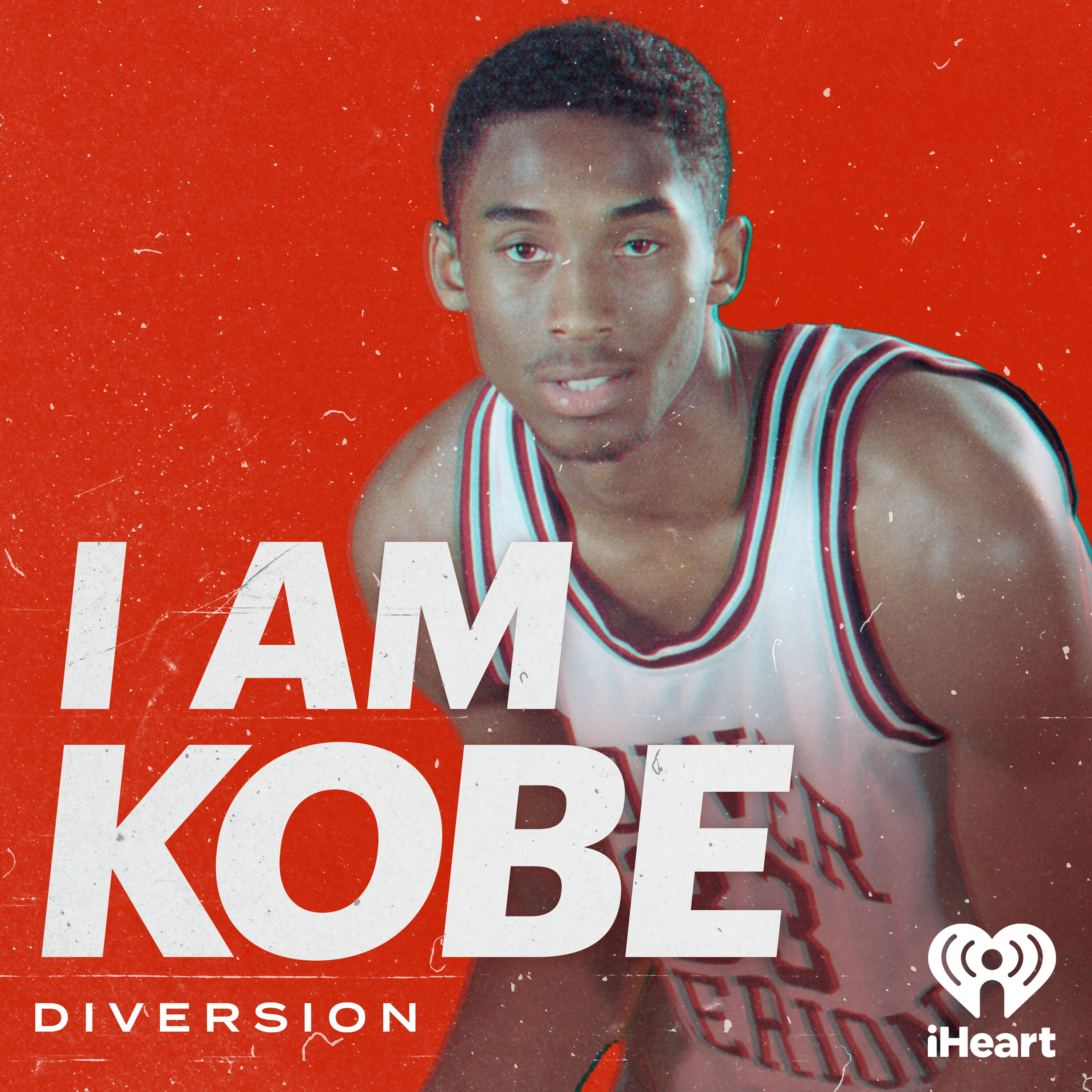
I Am Kobe
iHeartPodcasts and Diversion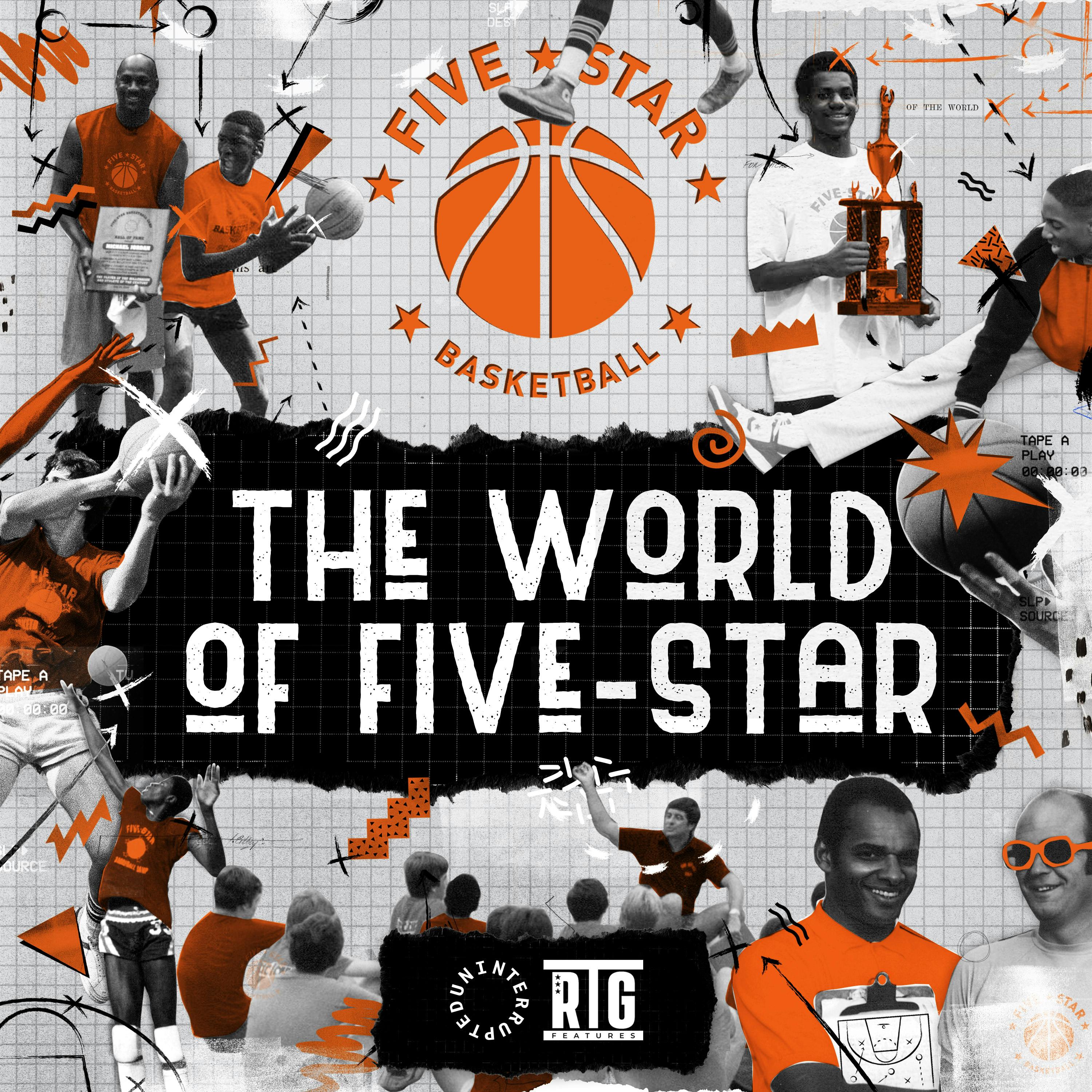
The World of Five-Star
UNINTERRUPTED x RTG Features
The Mismatch
The Ringer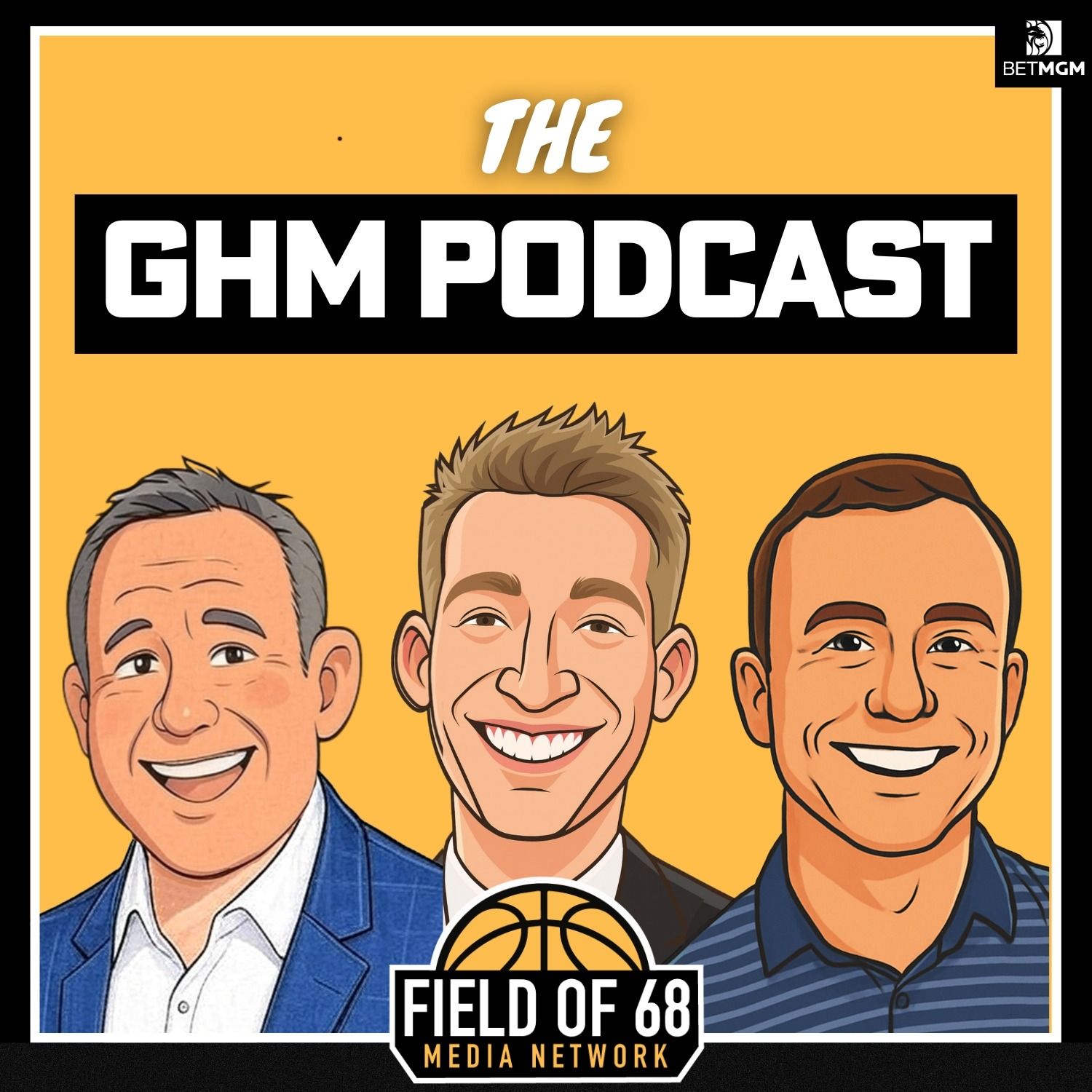
The Goodman, Hummel & McCall Podcast
The Field of 68, Blue Wire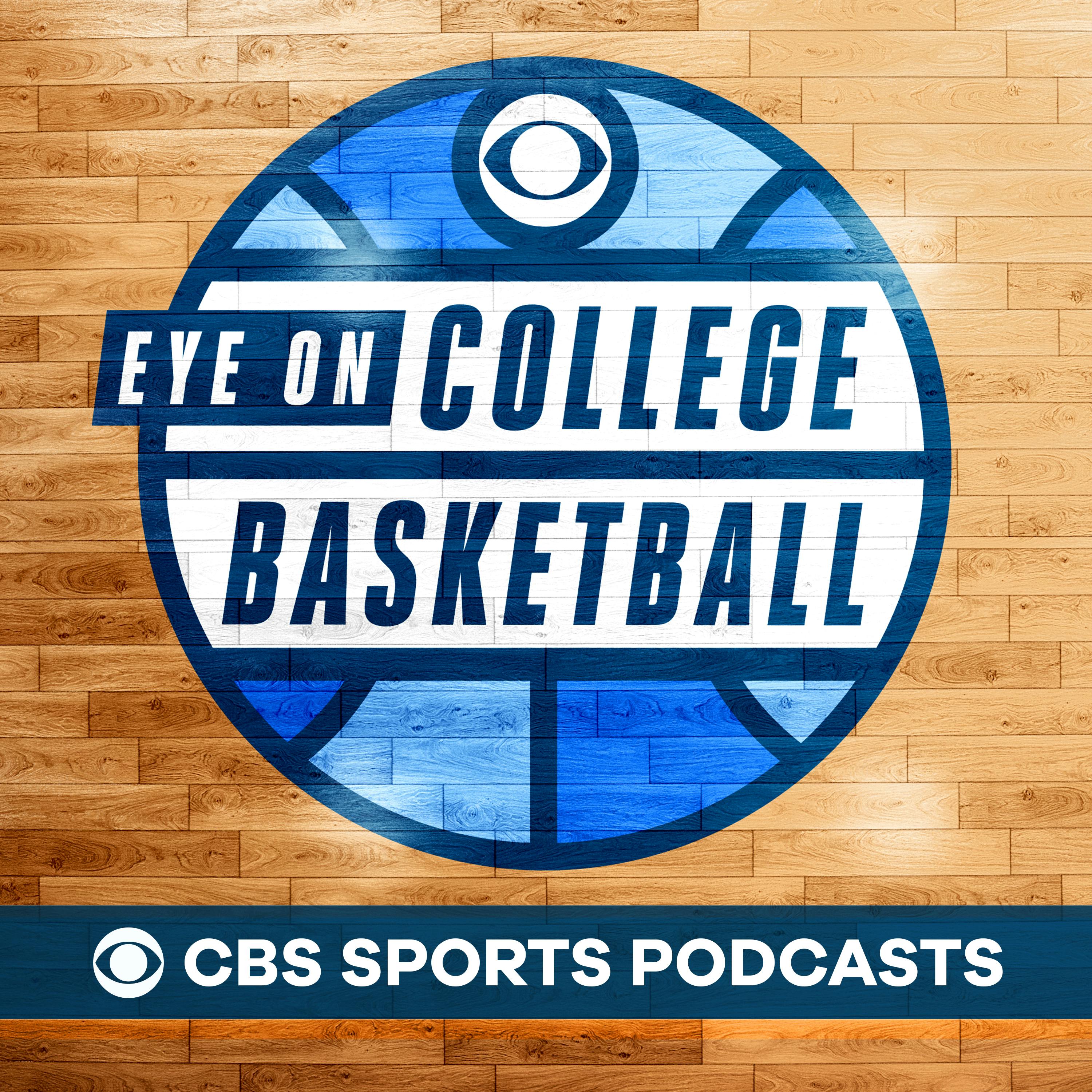
Eye On College Basketball
CBS Sports, College Basketball, Basketball, March Madness, NCAA Tournament, NBA Draft
Cookies: A Basketball Podcast
COOKIES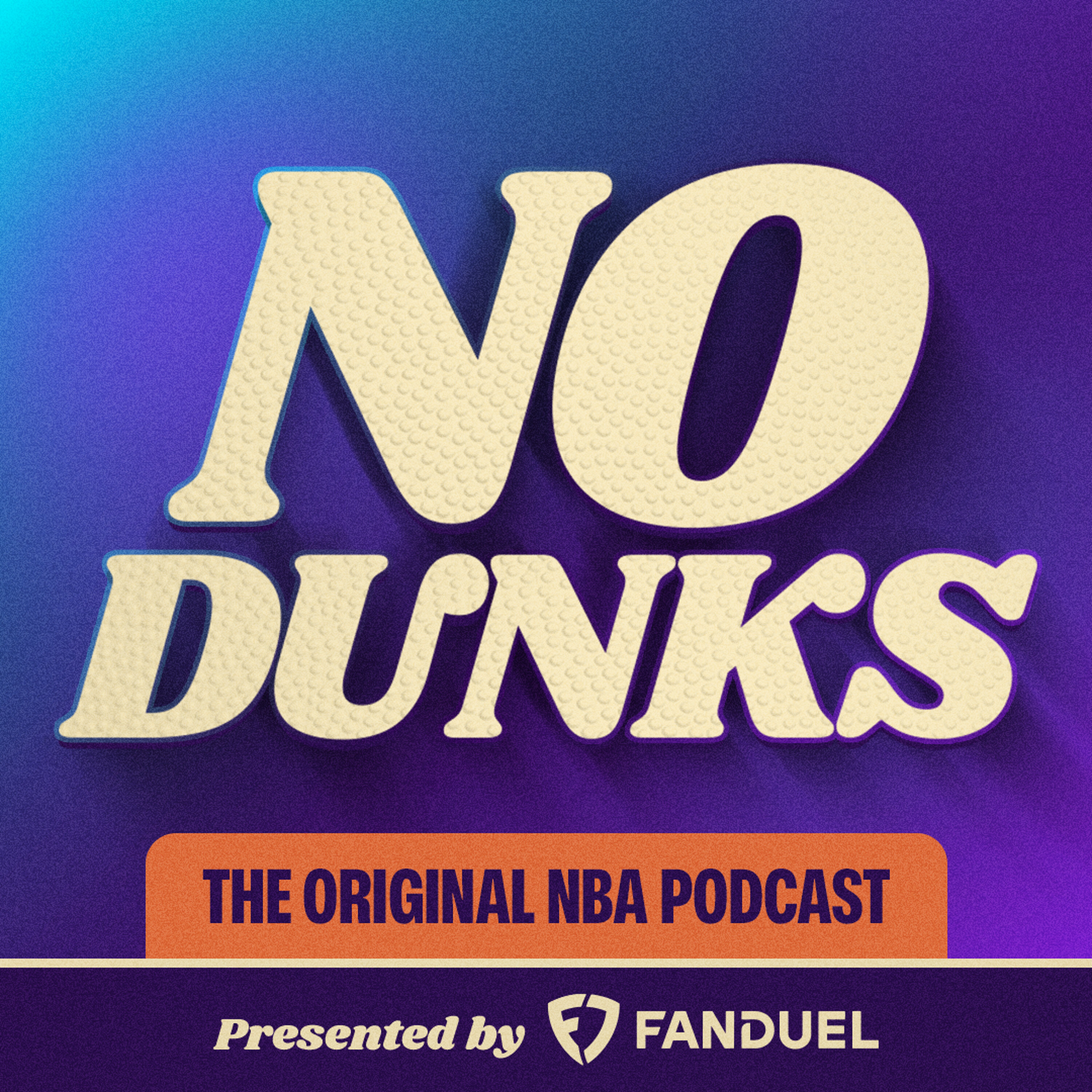
No Dunks
iHeartPodcasts
Run It Back
Truth + Media
Death at the Wing
Hyperobject Industries / Sony Music Entertainment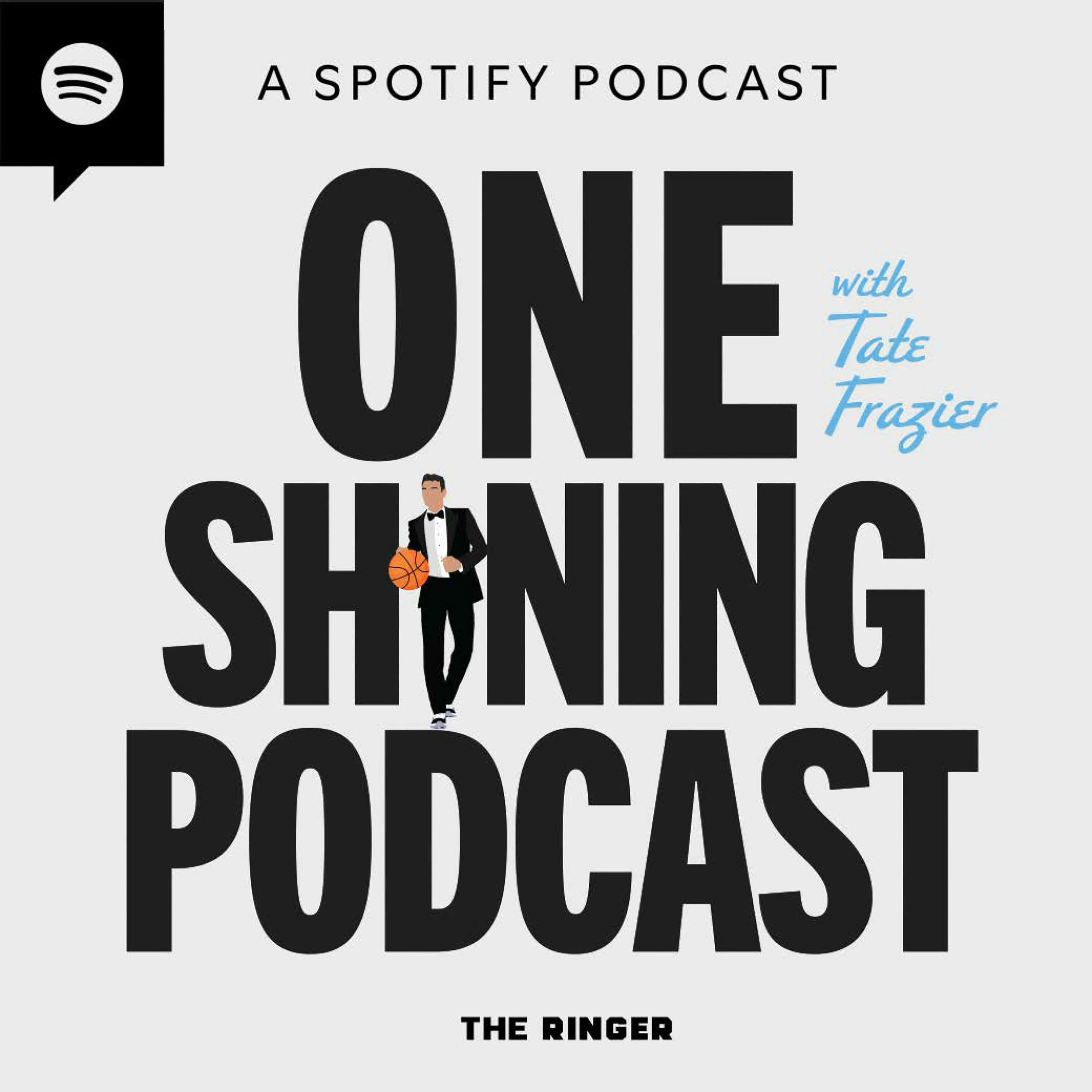
One Shining Podcast with Tate Frazier
The Ringer
Mostly Hoops with Mark Titus and Co.
Barstool Sports
The Old Man and the Three
ThreeFourTwo Productions | Wondery
Three Man Weave: College Basketball Podcast
Three Man Weave: College Basketball Podcast